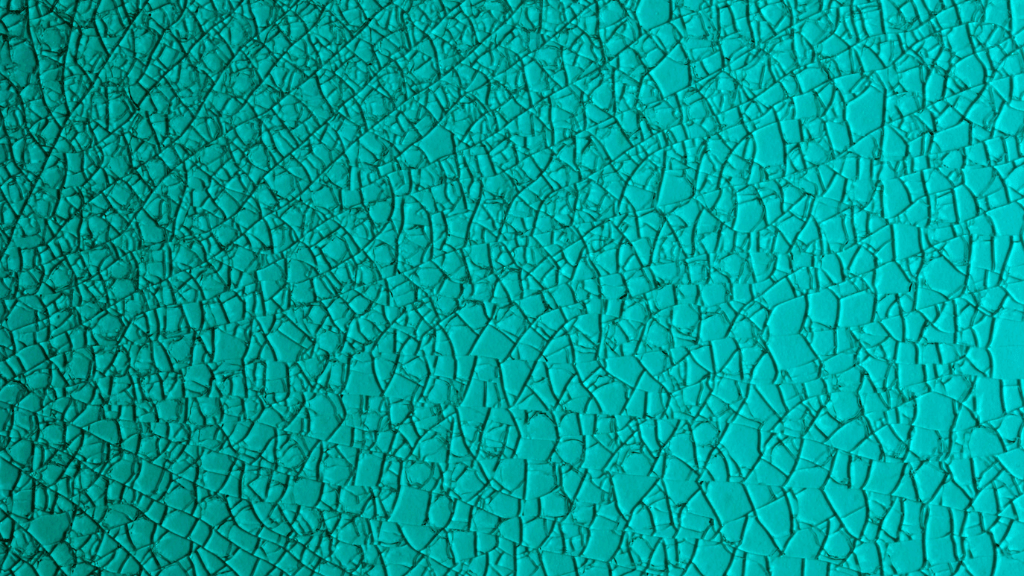To fix crazing in pottery, you’ll need to address the causes of crazing by adjusting the clay body composition, glaze recipe, or firing method.
Steps include: 1) modifying the clay to reduce shrinkage, 2) revising the glaze recipe to enhance its thermal expansion and ensure it matches the clay body, 3) applying the glaze evenly, and 4) monitoring and fine-tuning firing temperatures and cooling rates.
Understanding Crazing in Pottery
Crazing is a network of fine cracks that form on the surface of pottery glazes, often spoiling the appearance of a finished piece.
It’s essential to address the root causes and take preventative measures to prevent crazing from reoccurring.
Identifying Causes of Crazing
Crazing usually occurs when there’s a mismatch between the thermal expansion of the pottery’s clay body and its glaze.
However, improper firing techniques can also contribute.
Identifying the cause is the first step to fixing crazing.
Modifying Clay Body Composition
To minimize shrinkage and reduce crazing, you can modify your clay body.
Add materials such as grog or calcined clay to lower its overall shrinkage rate.
Ensure the clay used has similar coefficients of expansion as the glaze.
Adjusting Glaze Recipe
Examine your glaze recipe for issues that may cause crazing.
High levels of feldspars, silica, or whiting can lead to a mismatch in expansion.
To fix this, add materials such as boron, zinc, or lithium to increase thermal expansion, thus reducing crazing risks.
Proper Glaze Application and Firing Techniques
Beyond adjusting clay and glaze components, proper glaze application and firing techniques are crucial in preventing crazing.
Uniform Glaze Application
Ensure the glaze is applied consistently and evenly, as uneven glaze layers can contribute to crazing.
Brush or dip-glaze pottery, and use multiple coats if necessary to achieve the desired thickness.
Optimizing Firing Schedule
Monitor your kiln to ensure it reaches the correct temperature and cools at the optimal rate.
Firing too quickly or slowly can contribute to crazing.
Experiment with firing temperatures and cooling rates to find the best combination for your clay and glaze.
Refiring to Fix Existing Crazing
Refiring can sometimes help in fixing crazed pottery; however, success isn’t guaranteed.
Be cautious when attempting to refire pottery, as improper refiring methods may harm your piece further.
Testing and Fine-Tuning to Prevent Crazing
Before committing to a new clay body composition or glaze recipe, it’s important to conduct tests to ensure you’re on the right track for preventing crazing.
Make small test pieces and glaze them using the new formulations.
Take note of the results and adjust accordingly.
This process may take multiple attempts before achieving the desired outcome, but it’s a crucial step in refining your pottery practice and producing crack-free glazes.
Understanding the Role of Compression
Compression is a vital factor in the strength of a pottery piece.
Good compression can resist the formation of crazing, whereas poor compression can lead to weak points where crazing is more likely to occur.
Focus on proper wedging, trimming, and joining techniques to achieve optimal compression and reduce crazing risk.
Mastering Maturity in Glazes
Ensure your glazes are fully matured during the firing process – underfired or overfired glazes can lead to crazing.
A fully matured glaze should be glossy and smooth to the touch, with a well-bonded surface that’s resistant to crazing.
Managing Humidity and Crazing
Keep in mind that crazing can sometimes appear after a pottery piece has been exposed to changes in humidity.
For example, if your pottery has been sitting in a damp environment, the absorbed moisture can cause crazing when the piece dries.
Maintain a stable environment for your pottery to help avoid crazing.
Monitoring and Record Keeping
As you refine your pottery techniques and materials, it’s essential to keep detailed records of your adjustments and successes.
Document changes in clay bodies, glaze recipes, and firing schedules, as well as any advice you’ve received from mentors or colleagues.
By maintaining these records, you will create a comprehensive resource to refer back to in the future, enabling continued growth and improvement as a potter.
Frequently Asked Questions About Crazing
There are several common questions that arise when discussing or attempting to fix crazing in pottery.
To better understand and address this issue, we’ve compiled a list of the most frequently asked questions and provided concise, informative answers.
What causes crazing in pottery?
Crazing is often caused by a mismatch between the thermal expansion of the clay body and the glaze.
This mismatch results in tension within the glaze, producing a network of fine cracks or crazing.
Improper glaze application and firing techniques can also contribute to crazing in pottery.
Can crazing in pottery be harmful?
While crazing is primarily an aesthetic issue, it could be harmful if used for vessels meant to hold food or liquid, as the cracks can harbor bacteria and lead to contamination.
Crazed pottery is also more susceptible to damage from changes in temperature and humidity than pottery without crazing.
How can I prevent crazing in my pottery?
Preventing crazing involves addressing its causes: 1) modify the clay body to reduce shrinkage, 2) adjust the glaze recipe to improve its thermal expansion performance, 3) apply the glaze consistently and evenly, and 4) closely monitor your kiln to optimize firing temperatures and cooling rates.
Can I fix crazing after firing?
Refiring a pottery piece that shows crazing can sometimes help to fix the issue, but outcomes are not guaranteed.
Be cautious when attempting to refire, as improper refiring methods can cause further damage to an already crazed piece.
How can I test for crazing before firing?
Conduct tests with new clay body compositions and glaze recipes by creating small sample pieces before committing to larger pottery projects.
Observe the results after firing these samples and adjust your clay, glaze, or firing techniques accordingly to prevent crazing in your finished pieces.











